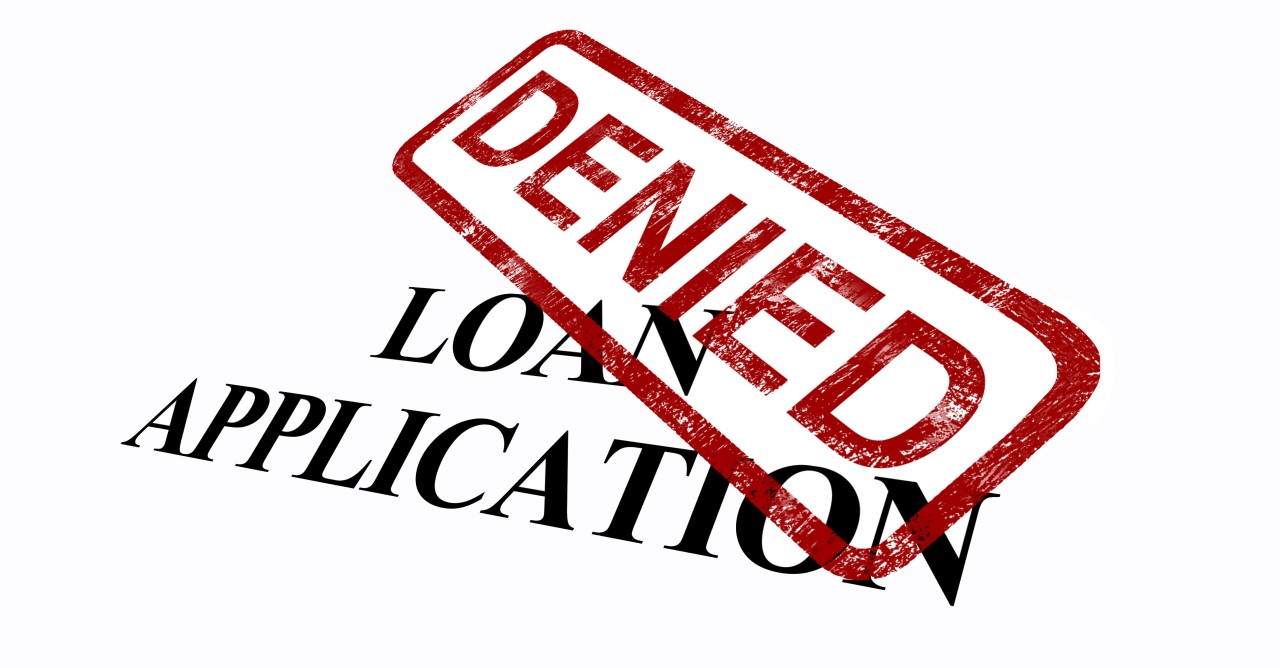Common Challenges Small Businesses Face When Securing Loans and How to Overcome Them

Challenge 1: Insufficient Credit History
Many small businesses, especially new ones, have limited credit history. Lenders look at credit scores to decide if they will lend money, so this can be a big obstacle.
Solution: Build your business credit separately from your personal credit by getting an EIN, opening business bank accounts, and working with suppliers who report your payment history to credit bureaus. Use business credit cards carefully and make sure all business expenses go through your business accounts. If you need money quickly, consider alternative lenders who focus more on your cash flow than your credit score.
Challenge 2: Inadequate Cash Flow Documentation
Lenders want to see consistent and positive cash flow to ensure you can repay the loan. Many small businesses have irregular income or keep poor financial records, making it hard to show this.
Solution: Use professional bookkeeping software and keep detailed monthly financial reports. If your business is seasonal, prepare explanations of how you handle cash flow during slow times. You might also work with an accountant to make sure your financial statements look professional and best show your business’s financial health.
Challenge 3: Limited Collateral
Many loans need collateral, like assets to secure the loan. But small businesses often don’t have enough valuable assets to use.
Solution: Look for unsecured loans that do not require collateral, although these often carry higher interest rates. You can also consider equipment financing, where the equipment you buy acts as collateral. SBA loans usually need less collateral and smaller down payments. Some alternative lenders focus more on your revenue and cash flow instead of collateral.
Challenge 4: High Debt-to-Income Ratios
Having existing debts can make it hard to get more loans because lenders worry you might struggle to make all the payments.
Solution: Pay off high-interest debts first before applying for new loans. You can also consider combining your debts into one, which can lower your monthly payments and make it easier to manage. Focus on increasing your income and cutting costs to improve your financial health before applying for more financing.
Challenge 5: Industry Risk Perception
Some industries are seen as riskier by traditional lenders, which can make it harder to get approved, no matter how well your business is doing.
Solution: Look for lenders that specialize in your industry or have experience with similar businesses. These lenders understand the challenges and opportunities in your sector. If you’re in retail or restaurants with steady credit card sales, consider alternative options like merchant cash advances.
Challenge 6: Incomplete or Poor Quality Applications
Rushed or incomplete applications are often rejected right away, and a messy presentation can make you seem unprofessional.
Solution: Take your time to prepare a complete application with all the needed documents. Write a clear business plan that explains why you need the money and how you will pay it back. Keep your documents organized with clear labels and a neat look. It’s also helpful to work with an accountant or business advisor to review your application before you submit it.
Challenge 7: Unrealistic Loan Requests
Asking for too much money compared to your business size, income, or ability to pay back often results in rejection.
Solution: Borrow amounts that match your business’s financial situation and needs. A reasonable rule is that your annual loan payments should not exceed 10-15% of your overall sales. Start with smaller loans to build trust with lenders, and as your business grows and your credit improves, you can ask for larger amounts.
Challenge 8: Poor Timing
Applying for a loan during slow business times, after losses, or when your industry is struggling can make it harder to get approved.
Solution: Submit your application when your business is doing well, such as after completing your tax returns and during busy, profitable times. If you need to apply during tough times, explain that the difficulties are temporary and share your plans to improve your situation.
Challenge 9: Wrong Lender Choice
Applying to lenders whose requirements don't match your business profile wastes time and can hurt your credit score through unnecessary inquiries.
Solution: Research lenders thoroughly before applying. Community banks often work better for local businesses, while online lenders may have more flexible requirements. SBA lenders offer favorable terms but require extensive documentation. Match your business profile to lender preferences and requirements.
Challenge 10: Lack of Banking Relationships
Getting a loan can be harder when you have a new relationship with a lender because they don’t know much about your business or management skills.
Solution: Build a good relationship with your bank before you need a loan. Keep your business accounts active, use different banking services, and stay in touch with your bank officers. Having an existing relationship can help you get approved faster and get better terms.
To succeed, be prepared, patient, and strategic. Focus on building a solid financial foundation, keep good records, and choose lenders that are a good fit for your business.
Bottom Line
Small businesses often face challenges like finding the right lenders, building strong relationships, and meeting requirements. To overcome these obstacles, do your research, prepare your finances, and build good relationships with lenders before you need funding. Being patient and strategic will help you get the best loan options and grow your business successfully.